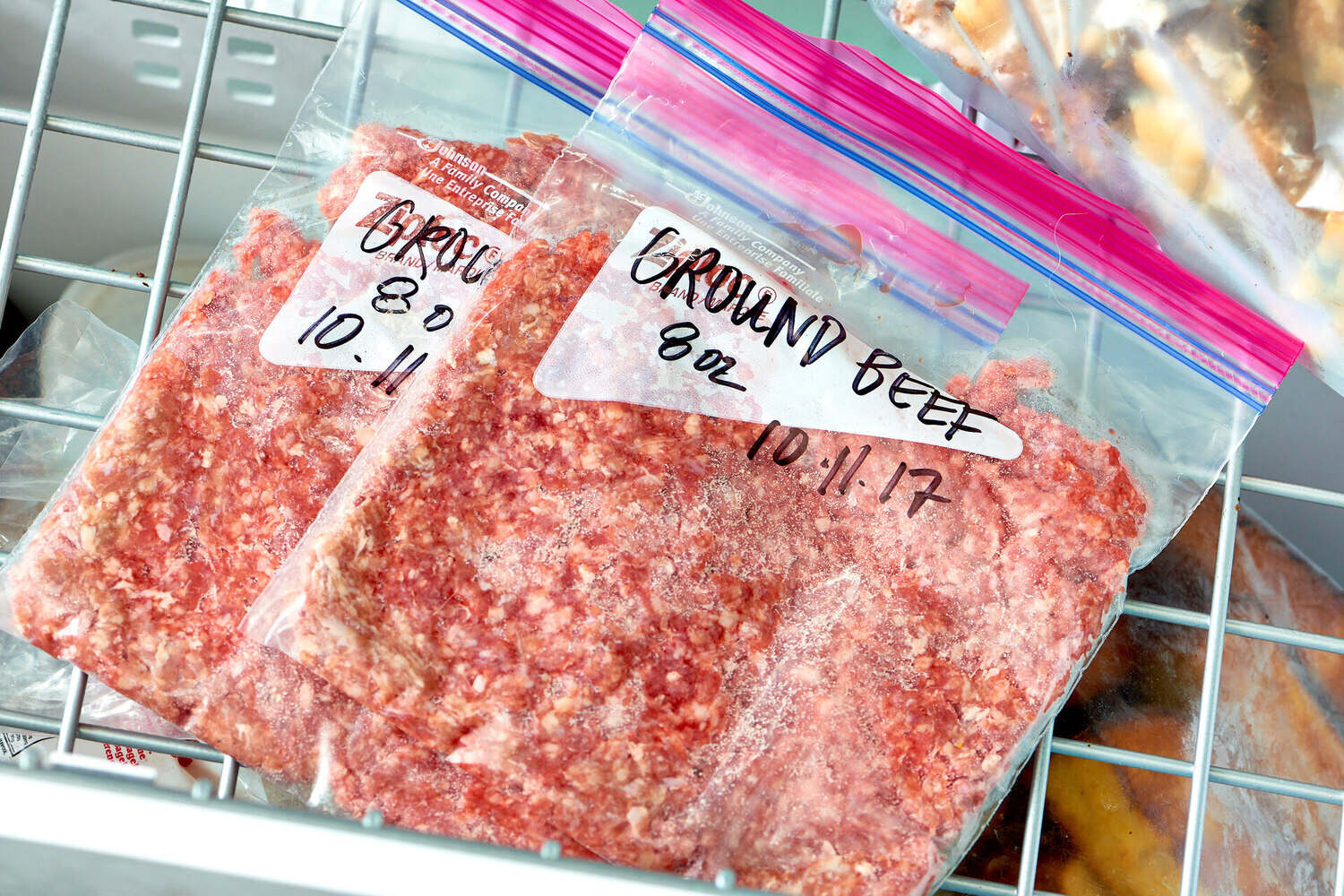

Articles
How To Store Ground Beef After Opening
Modified: August 24, 2024
Looking for articles on how to store ground beef after opening? Discover expert tips for keeping ground beef fresh and safe for longer.
(Many of the links in this article redirect to a specific reviewed product. Your purchase of these products through affiliate links helps to generate commission for Storables.com, at no extra cost. Learn more)
Introduction
When it comes to cooking with ground beef, it’s essential to have a good understanding of how to properly store it after opening. Ground beef is a popular ingredient in many delicious recipes, including hamburgers, meatballs, and tacos. However, its perishable nature means that it must be stored correctly to maintain its quality and ensure food safety.
In this article, we will explore the importance of properly storing ground beef and discuss general guidelines for storing it. We will delve into the specific methods of refrigerating and freezing ground beef and provide tips on packaging, thawing, and handling. By following these guidelines, you can maximize the shelf life of your ground beef and enjoy it in all your favorite dishes.
So let’s dive in and discover the best practices for storing ground beef after opening!
Key Takeaways:
- Properly storing ground beef is crucial for food safety, quality, and cost-effectiveness. Follow temperature guidelines, use airtight containers, and practice proper handling to maximize shelf life and enjoy delicious meals.
- Whether refrigerating or freezing ground beef, proper packaging, labeling, and thawing are essential. Maintain hygiene, cook to recommended temperatures, and follow best practices to ensure safe and flavorful meals.
Read more: How To Store Cooked Ground Beef
The Importance of Properly Storing Ground Beef
Properly storing ground beef is crucial for several reasons. First and foremost, it helps maintain food safety by preventing the growth of harmful bacteria that can cause foodborne illnesses. Ground beef is particularly susceptible to bacterial contamination due to its higher surface area, making it essential to handle and store it correctly.
Furthermore, storing ground beef properly ensures that it retains its quality and taste. Improper storage can lead to oxidation, resulting in off-flavors and texture changes. By following the right storage techniques, you can preserve the freshness of the ground beef and enjoy its delicious flavor in your favorite meals.
Another reason to emphasize proper storage is to minimize food waste. When ground beef is not stored correctly, it can spoil quickly and become unusable. By understanding the optimal storage methods, you can extend the shelf life of ground beef and reduce the likelihood of having to throw it away.
Additionally, proper storage practices are essential for cost-effectiveness. Ground beef is a staple ingredient in many households, and by ensuring it stays fresh for longer, you can make the most of your grocery budget. Instead of constantly repurchasing ground beef due to spoilage, you can buy in bulk and store it safely, saving both money and time.
Overall, proper storage of ground beef is not only essential for food safety but also for maintaining quality, minimizing waste, and maximizing cost-effectiveness. By investing a little effort into storing ground beef correctly, you can enjoy safe and delicious meals while making the most of your ingredients.
General Guidelines for Storing Ground Beef
Before diving into specific storage methods, it’s important to understand some general guidelines for storing ground beef. These guidelines apply to both refrigerated and frozen storage and can help you maintain the quality and safety of your ground beef.
- Temperature: Ground beef should always be stored at a cold temperature to slow down bacterial growth. Whether refrigerating or freezing, the temperature should be consistently maintained at or below 40°F (4°C).
- Storage Containers: When storing ground beef, it’s crucial to use airtight containers or wraps to prevent exposure to air and potential contamination. This helps maintain the quality of the meat and prevent it from absorbing the odors of other foods in the refrigerator or freezer.
- Date Labeling: It’s essential to label the storage containers with the date of purchase or the date the ground beef was opened. This will help you keep track of its freshness and avoid using it past its recommended storage time.
- Separation: To prevent cross-contamination, it’s important to store raw ground beef away from ready-to-eat foods. Keep it in a separate section of the refrigerator or freezer or store it on the bottom shelf to avoid any potential drips onto other foods.
- Storage Time: Ground beef should be consumed or frozen within two days of purchase or opening. Exceeding this time frame increases the risk of bacterial growth and spoilage.
- Quality Check: Before using stored ground beef, always perform a visual and sensory check. Look for any signs of spoilage, such as a foul odor, slimy texture, or unusual color. If the ground beef appears questionable, it’s best to discard it.
By following these general guidelines, you can establish a foundation for proper ground beef storage. Now let’s explore the specific methods of refrigerating and freezing ground beef to ensure its longevity and quality.
Refrigerating Ground Beef
Refrigerating ground beef is a common method of storage when you plan to use it within a few days. It’s important to handle and store it properly to maintain its quality and prevent any bacterial growth. Follow these steps to refrigerate ground beef:
- Package Inspection: Before refrigerating ground beef, check the packaging for any tears or leaks. It’s crucial to transfer the meat to a clean and airtight container to prevent exposure to air and potential contamination.
- Refrigerator Temperature: Ensure that your refrigerator is set to a temperature below 40°F (4°C). This will help slow down bacterial growth and maintain the freshness of the ground beef.
- Storage Container: Place the ground beef in an airtight container or wrap it tightly with plastic wrap, aluminum foil, or freezer paper. This will prevent air exposure, which can cause oxidation and affect the quality of the meat.
- Proper Placement: Store the ground beef in the coldest part of the refrigerator, usually the bottom shelf or meat drawer. This will help maintain a consistent temperature and minimize the risk of cross-contamination with other foods.
- Storage Time: Refrigerate ground beef for a maximum of two days. After this time, it’s best to either use it or transfer it to the freezer for longer storage.
When refrigerating ground beef, it’s important to note that the quality may start to deteriorate after a couple of days, especially if the meat is not consumed or frozen within that time frame. Therefore, it’s advisable to plan your meals accordingly and use refrigerated ground beef promptly.
Next, we will explore the process of freezing ground beef, which allows for longer-term storage while maintaining its quality and flavor.
Freezing Ground Beef
Freezing ground beef is an excellent method for long-term storage, allowing you to preserve its quality and flavor for several months. Follow these steps to freeze ground beef effectively:
- Package Inspection: Before freezing ground beef, check the packaging for any tears or leaks. If necessary, transfer the meat to airtight freezer-safe containers or freezer bags.
- Portioning: Divide the ground beef into smaller portions based on your typical recipe needs. This will allow you to thaw only the necessary amount without needing to defrost the entire package.
- Storage Container: Place each portion of ground beef in an airtight freezer-safe container or a sealed freezer bag. Remove as much air as possible before sealing to minimize the risk of freezer burn.
- Labeling: Clearly label each container or bag with the date of freezing. This will help you keep track of its storage time and maintain a first-in, first-out approach to ensure you use the oldest ground beef first.
- Freezer Placement: Place the ground beef packages in the coldest part of the freezer, such as the back or bottom shelf. This area experiences the least temperature fluctuation, ensuring optimal storage conditions.
- Storage Time: Ground beef can be safely stored in the freezer for up to four months. While it may still be safe to eat beyond this timeframe, the quality may start to decline.
By following these steps, you can freeze ground beef effectively and extend its shelf life. Freezing not only preserves the freshness and flavor but also allows you to stock up during sales or take advantage of bulk purchases.
Next, let’s explore the process of properly thawing frozen ground beef to ensure its safety and maintain its quality.
After opening, store ground beef in the coldest part of the refrigerator and use within 1-2 days. For longer storage, freeze in airtight packaging for up to 3-4 months.
Read more: How To Store Unused Ground Beef
Packaging Ground Beef for Freezing
Proper packaging is crucial when freezing ground beef as it helps preserve its quality, prevent freezer burn, and maintain its flavor. Follow these tips for packaging ground beef for freezing:
- Divide Into Portions: Before packaging, divide the ground beef into individual portions based on your needs. This allows for easier portion control and reduces the need to defrost more than necessary.
- Airtight Containers: Use airtight freezer-safe containers or freezer bags specifically designed for long-term storage. These containers prevent exposure to air, which can cause freezer burn and affect the quality of the meat.
- Wrap Tightly: If using freezer bags, remove as much air as possible before sealing. Double-bagging can provide extra protection against freezer burn. If using containers, ensure they are tightly sealed to prevent air from entering.
- Labeling: Clearly label each package with the date of freezing and the amount of ground beef contained. This will help you keep track of the storage time and easily identify the contents when retrieving them from the freezer.
- Flat Shape: Flatten the ground beef packages as much as possible. This allows for quicker and more even thawing when you’re ready to use the meat. It also saves space in the freezer, making it easier to stack and organize.
- Properly Secure: Ensure that the containers or bags are securely closed to prevent any potential leaks. Place the packages in an upright position or lay them flat to prevent the meat from shifting during freezing.
By following these packaging guidelines, you can ensure that your ground beef remains fresh and flavorful during its time in the freezer. Proper packaging will help protect the meat from freezer burn and maintain its quality until you’re ready to use it.
Now that you know how to package ground beef for freezing, let’s explore the proper methods of thawing frozen ground beef.
Thawing Frozen Ground Beef
When it’s time to use your frozen ground beef, it’s important to thaw it properly to ensure both food safety and optimal texture. Follow these methods for thawing frozen ground beef:
- Refrigerator Thawing: The safest and most recommended method is to thaw frozen ground beef in the refrigerator. Simply place the packaged meat on a plate or tray and let it thaw slowly in the refrigerator. Allow approximately 24 hours for every 1-2 pounds of ground beef, ensuring that it remains at a safe temperature throughout the process.
- Cold Water Thawing: If you’re short on time, you can use the cold water thawing method. Place the frozen ground beef in a leak-proof plastic bag and submerge it in cold water. Change the water every 30 minutes to maintain a consistent cold temperature. Thawing time will vary depending on the thickness, but it should take about 1 hour per pound of ground beef.
- Microwave Thawing: While this method is faster, it’s important to exercise caution as it can lead to uneven thawing and partial cooking of the ground beef. Follow your microwave’s manufacturer instructions for thawing frozen meat, using the defrost setting or low power level. Make sure to cook the meat immediately after thawing to ensure it reaches a safe internal temperature.
Regardless of the method chosen, it’s important to cook the ground beef promptly after thawing to maintain its quality and ensure food safety. Avoid refreezing thawed ground beef as it can lead to a loss in texture and flavor.
Remember, never thaw ground beef at room temperature or by leaving it on the kitchen counter, as this can allow the meat to enter the temperature danger zone where bacteria can rapidly multiply.
Now that you know how to properly thaw frozen ground beef, let’s move on to some essential handling and usage tips to ensure the best results in your recipes.
Proper Handling and Usage Tips
Proper handling and usage of ground beef are crucial for both food safety and the overall quality of your meals. Follow these tips to ensure you handle and use ground beef properly:
- Proper Hygiene: Before and after handling raw ground beef, wash your hands thoroughly with warm soapy water to prevent the spread of any potential bacteria.
- Cross-Contamination Prevention: Always use separate cutting boards, utensils, and surfaces for raw ground beef to avoid cross-contamination with other ingredients. Clean and sanitize all surfaces thoroughly after handling raw meat.
- Cooking Temperatures: Cook ground beef to a safe internal temperature of 160°F (71°C) to ensure that any harmful bacteria are killed. You can use a meat thermometer to accurately measure the temperature.
- Storage After Cooking: If you have leftover cooked ground beef, store it in an airtight container in the refrigerator for up to 3-4 days. Make sure to cool it down before storing to prevent bacterial growth.
- Usage Restrictions: Avoid using ground beef that has a foul odor, slimy texture, or unusual color. If it looks or smells questionable, it’s best to discard it to ensure your safety.
- Proper Portioning: When using ground beef in recipes, make sure to cook it fully and break it up into small, uniform pieces to ensure even cooking and distribution of flavors.
- Sautee Before Adding: If using ground beef in dishes like casseroles or sauces, it’s advisable to sautee it first before adding other ingredients. This helps to brown the meat, enhance its flavor, and eliminate excess fat.
By following these handling and usage tips, you can enjoy safe and delicious meals made with ground beef. Proper hygiene, cooking temperatures, and storage practices are essential for preventing foodborne illnesses and ensuring optimal results in your recipes.
Lastly, let’s explore some best practices for maximizing the shelf life of ground beef and keeping it fresh for as long as possible.
Best Practices for Maximizing Shelf Life
To maximize the shelf life of ground beef and keep it fresh for as long as possible, follow these best practices:
- Optimal Storage Temperature: Keep your refrigerator temperature at or below 40°F (4°C) to prevent bacterial growth. Freezer temperature should be set at 0°F (-18°C) or below to maintain the quality of frozen ground beef.
- First-In, First-Out (FIFO): When storing ground beef in the refrigerator or freezer, practice the “first in, first out” approach. Use older packages of ground beef before newer ones to ensure freshness.
- Avoid Temperature Fluctuations: Minimize the frequency of opening and closing the refrigerator or freezer doors to avoid temperature fluctuations that can affect the quality of the ground beef.
- Properly Sealed Packaging: Ensure that all ground beef packages are tightly sealed to prevent air exposure and freezer burn.
- Regularly Clean Refrigerator: Clean your refrigerator regularly to remove any potential food spills or leaks, which can contaminate the ground beef. This also helps maintain optimal storage conditions.
- Use Freezer-Safe Containers: When freezing ground beef, use high-quality freezer-safe containers or freezer bags designed explicitly for long-term storage.
- Label Packages: Clearly label all packages with the date of freezing and any helpful information, such as portion size or seasoning, to easily identify and track the contents.
- Avoid Overstocking: Do not overload your refrigerator or freezer as it inhibits proper air circulation, which can lead to temperature inconsistencies and affect the ground beef’s quality.
- Properly Defrost: Make sure to thaw frozen ground beef using the recommended methods to maintain its safety and quality. Avoid thawing at room temperature.
- Regularly Check for Spoilage: Before using ground beef, visually inspect it for any signs of spoilage, such as an off odor, sliminess, or discoloration. If in doubt, discard the meat.
By following these best practices, you can ensure that your ground beef stays fresh, safe, and delicious for an extended period. These simple steps help maintain the quality of the meat and maximize its shelf life, allowing you to enjoy ground beef in all your favorite recipes.
Now you have a comprehensive understanding of how to properly store ground beef after opening, from refrigerating and freezing to handling and usage. By implementing the guidelines provided in this article, you can confidently store ground beef and make the most out of this versatile and delicious ingredient.
Happy cooking!
Read more: How To Store Raw Ground Beef
Conclusion
Properly storing ground beef after opening is essential for maintaining its quality, ensuring food safety, and minimizing waste. Whether you choose to refrigerate or freeze ground beef, following the guidelines discussed in this article will help you maximize its shelf life and enjoy delicious meals.
Refrigerating ground beef for short-term storage requires consistent cold temperatures, airtight packaging, and proper placement in the refrigerator. Remember to use refrigerated ground beef within two days to maintain its freshness.
Freezing ground beef allows for longer-term storage. By properly packaging and labeling the meat, you can freeze ground beef for up to four months without compromising its quality. Thawing should be done using the refrigerator, cold water, or microwave, depending on your time constraints.
Proper handling and usage of ground beef are crucial to maintain food safety. Follow hygiene practices, prevent cross-contamination, cook ground beef to the recommended temperature, and store cooked ground beef properly.
To maximize the shelf life of ground beef, practice good storage habits. Maintain optimal refrigerator and freezer temperatures, practice first-in, first-out, use proper packaging, and regularly clean your storage spaces.
By applying these best practices, you can enjoy safe, flavorful, and fresh ground beef in all your favorite recipes. Remember to regularly check for signs of spoilage before using ground beef to ensure it is safe for consumption.
Now that you have a comprehensive understanding of how to store ground beef after opening, it’s time to put this knowledge into practice. Enjoy cooking with confidence, knowing that you are handling and storing ground beef properly.
Happy cooking and savoring those delicious ground beef dishes!
Frequently Asked Questions about How To Store Ground Beef After Opening
Was this page helpful?
At Storables.com, we guarantee accurate and reliable information. Our content, validated by Expert Board Contributors, is crafted following stringent Editorial Policies. We're committed to providing you with well-researched, expert-backed insights for all your informational needs.
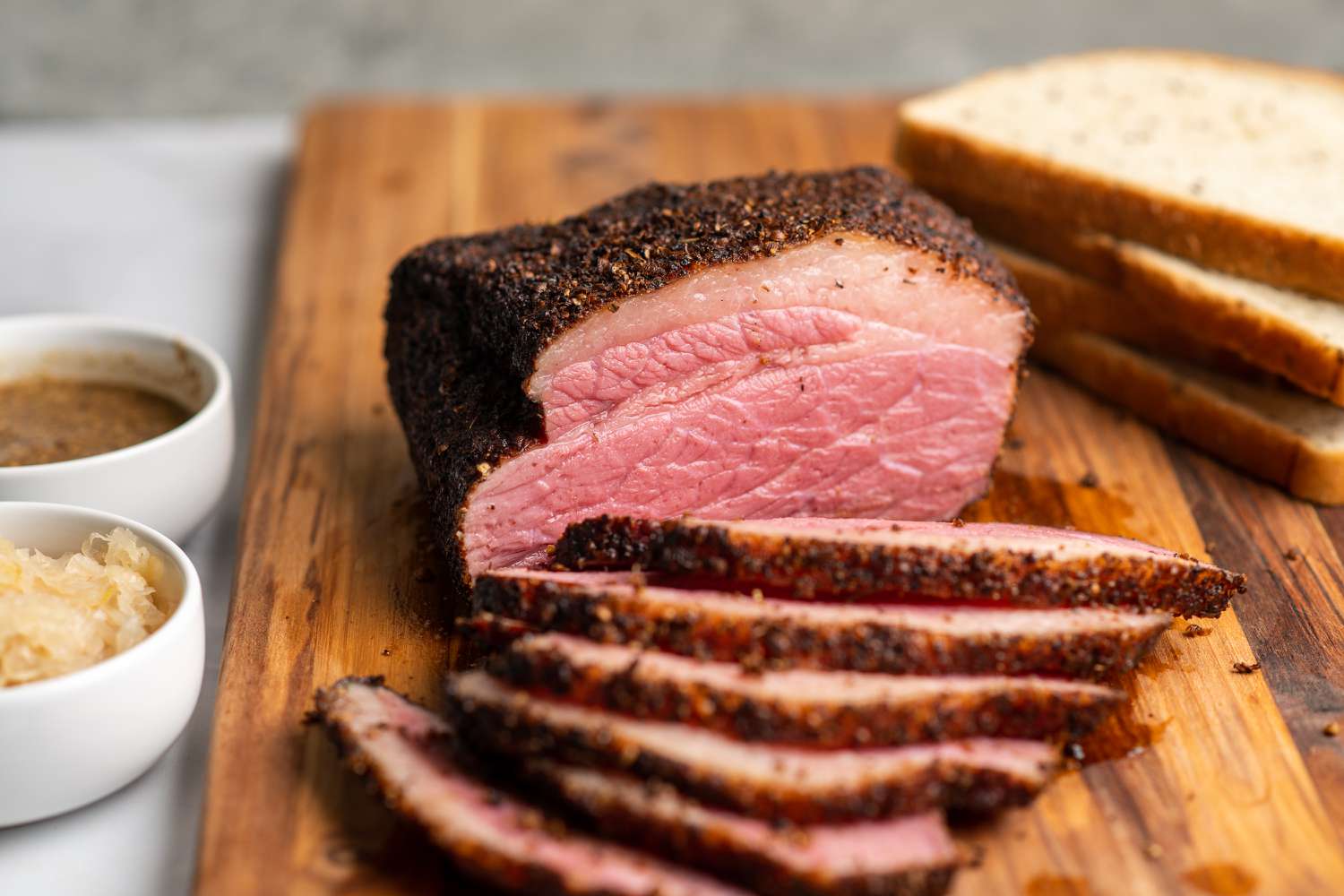
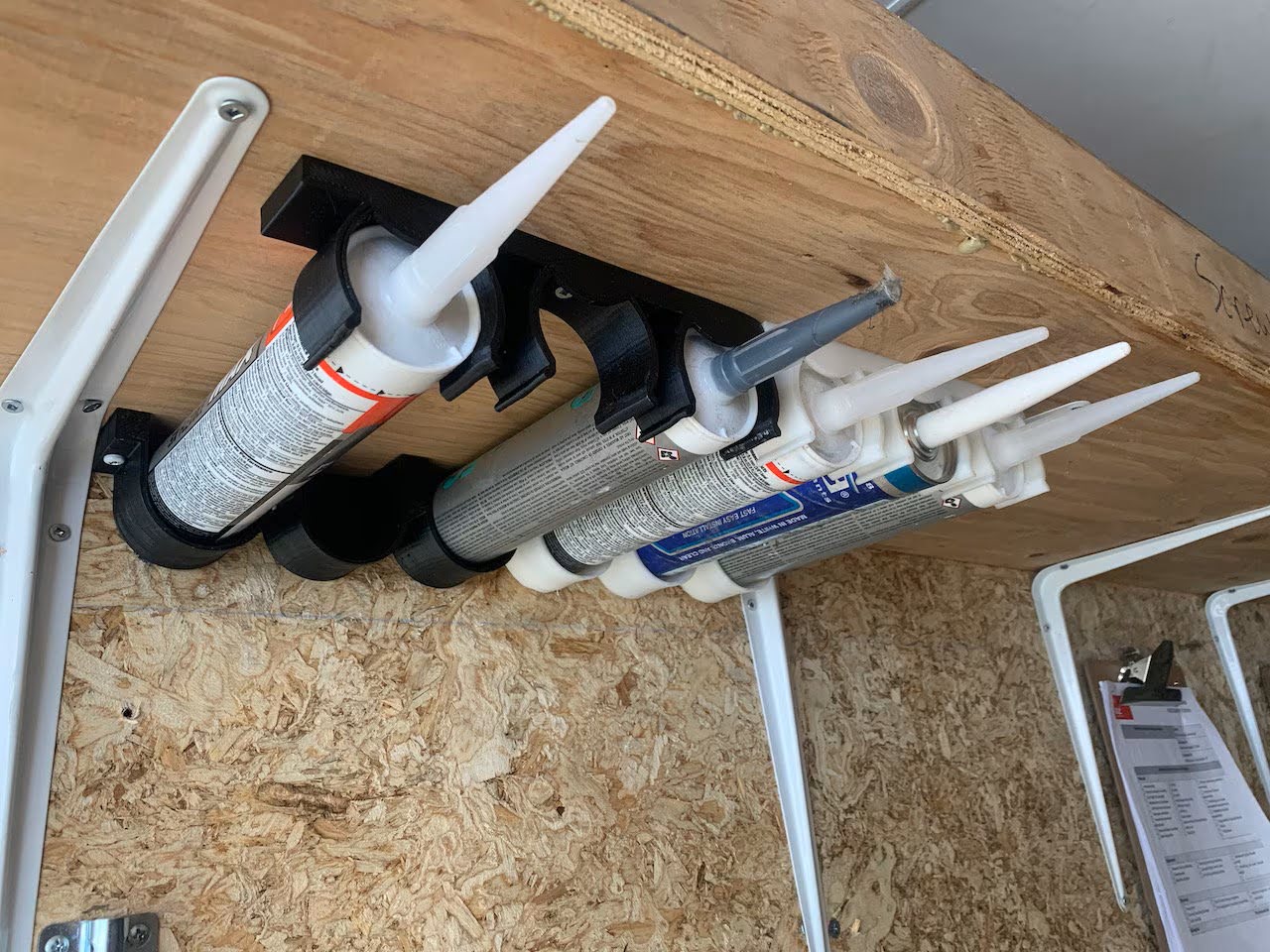




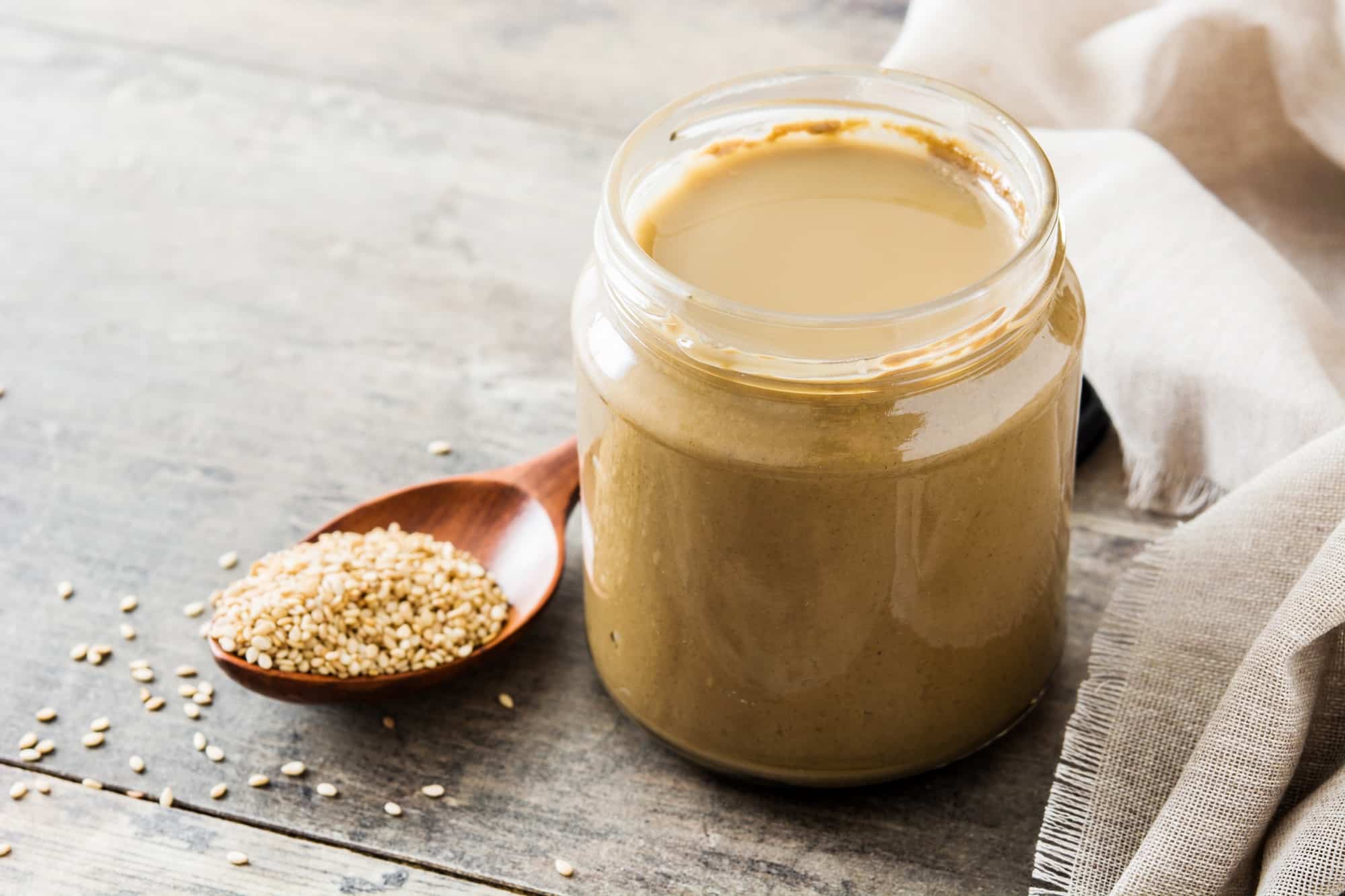
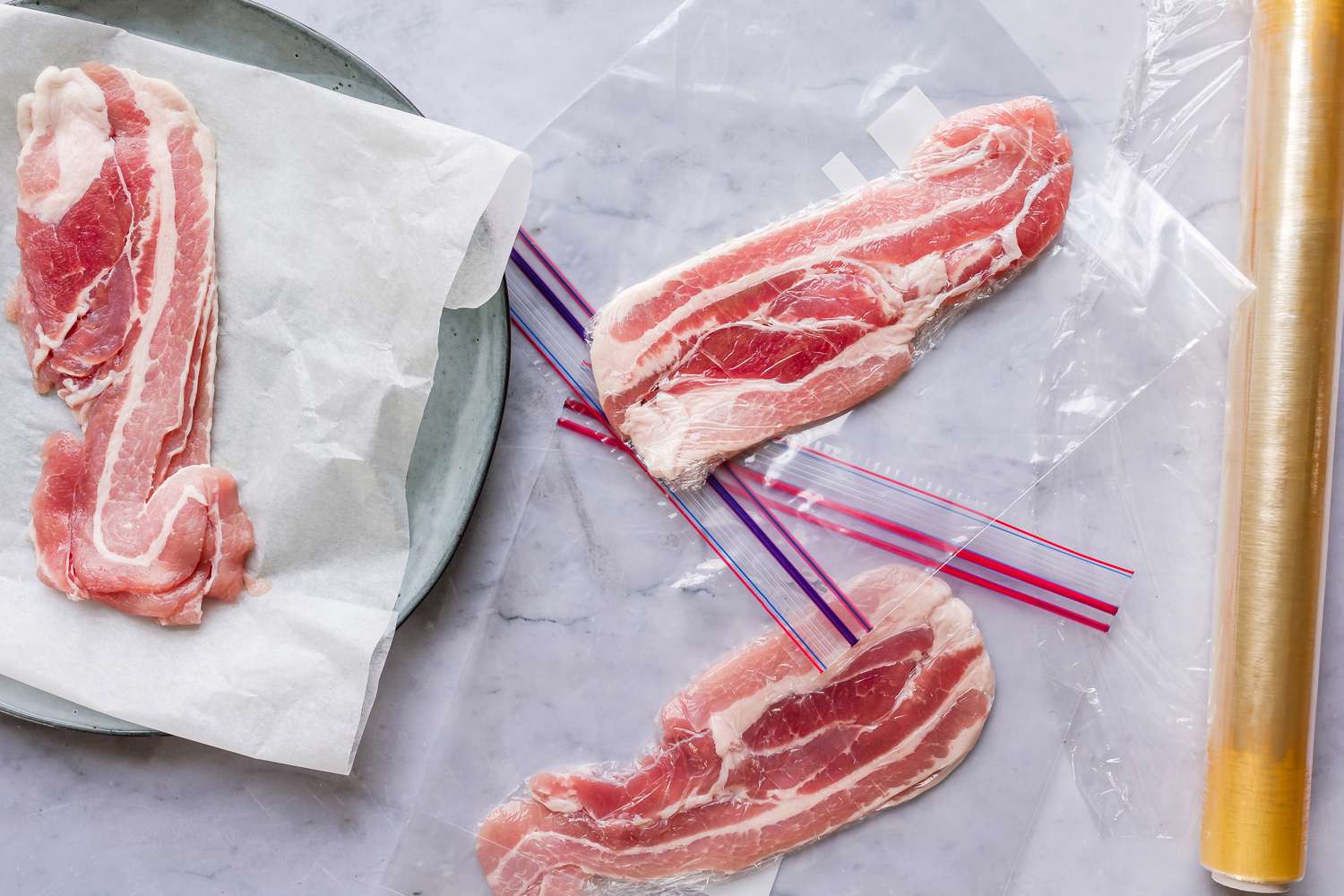



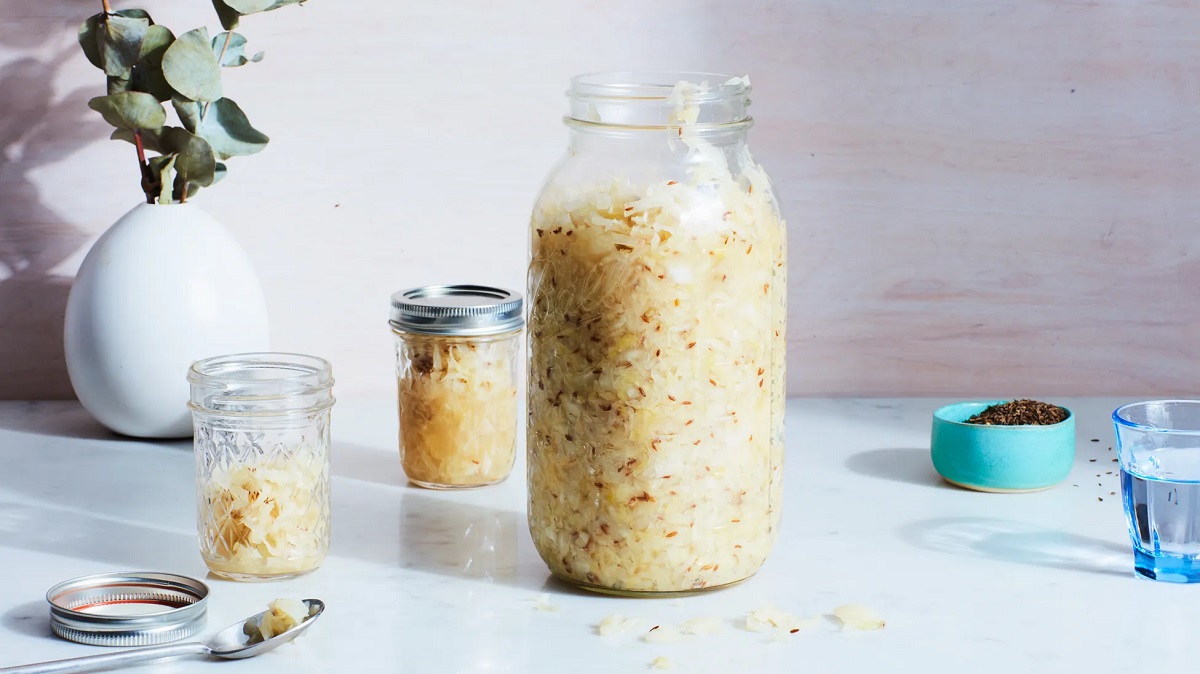
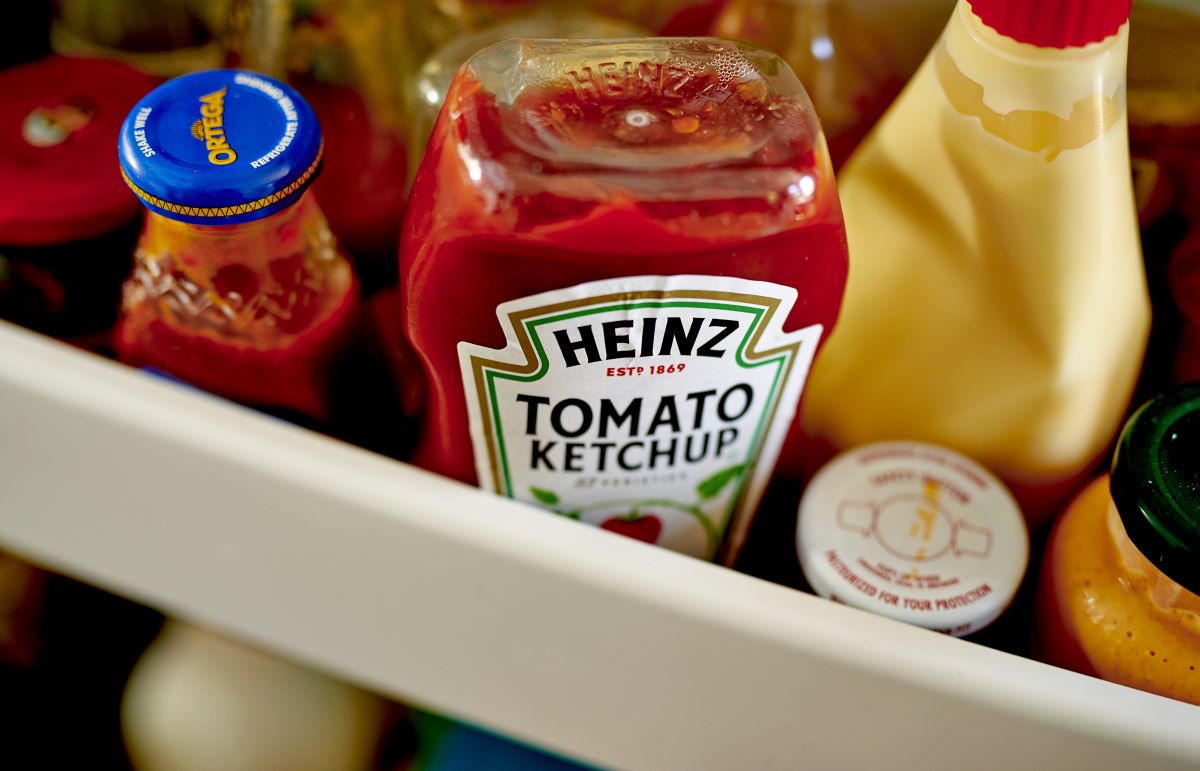

0 thoughts on “How To Store Ground Beef After Opening”